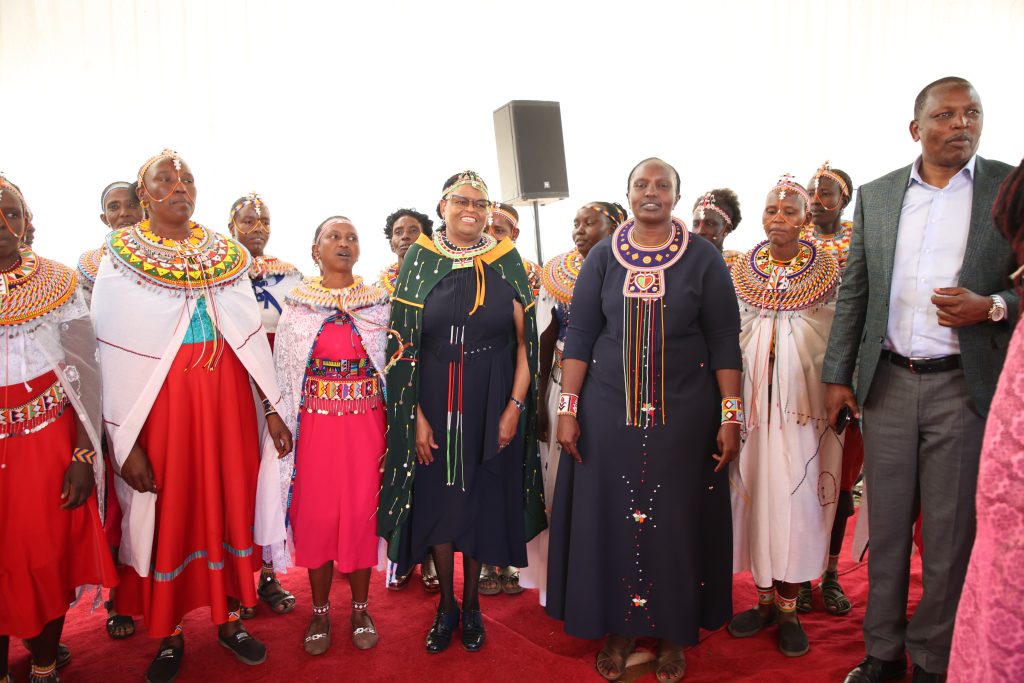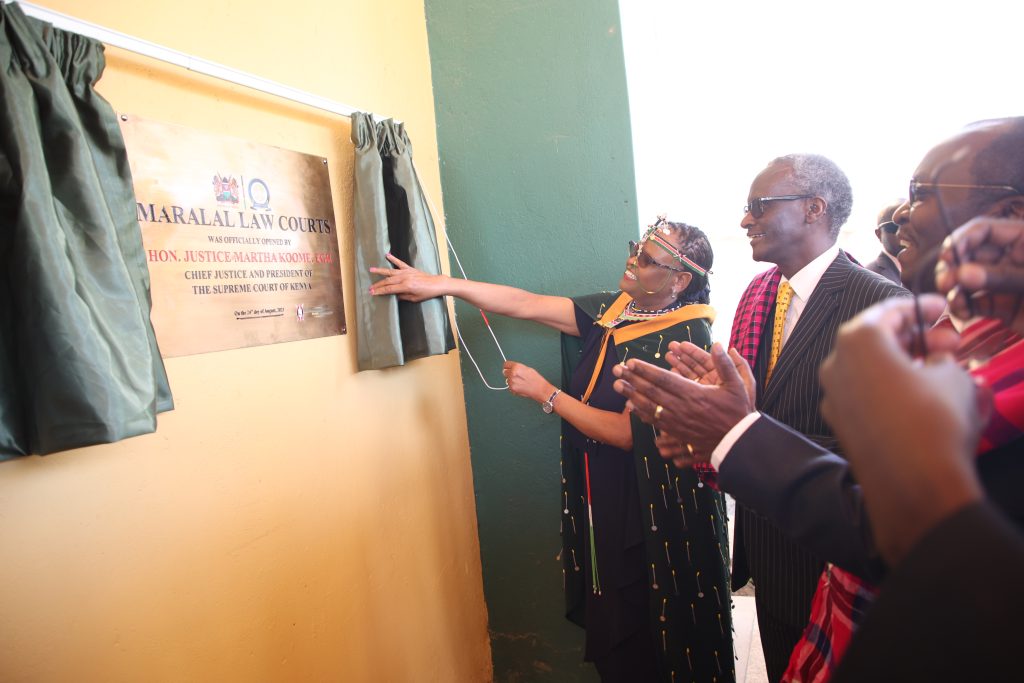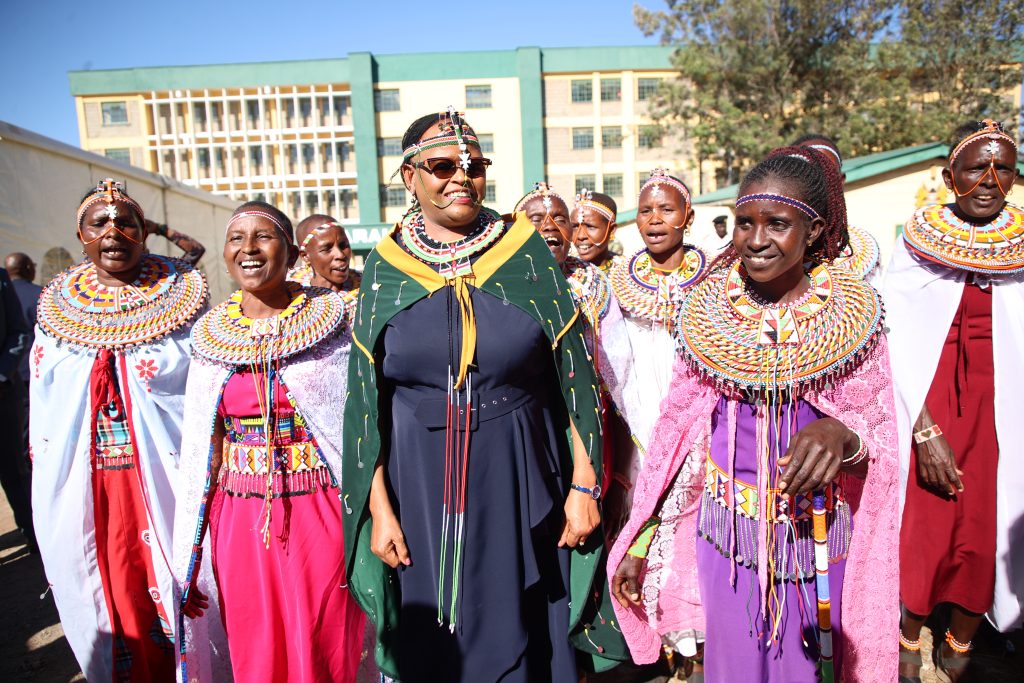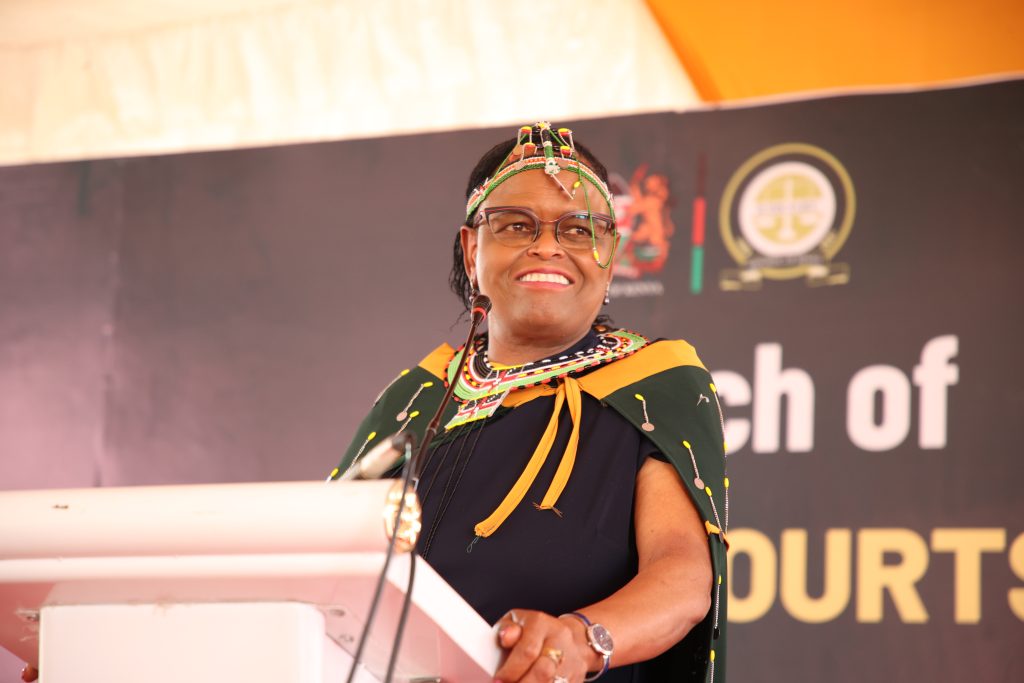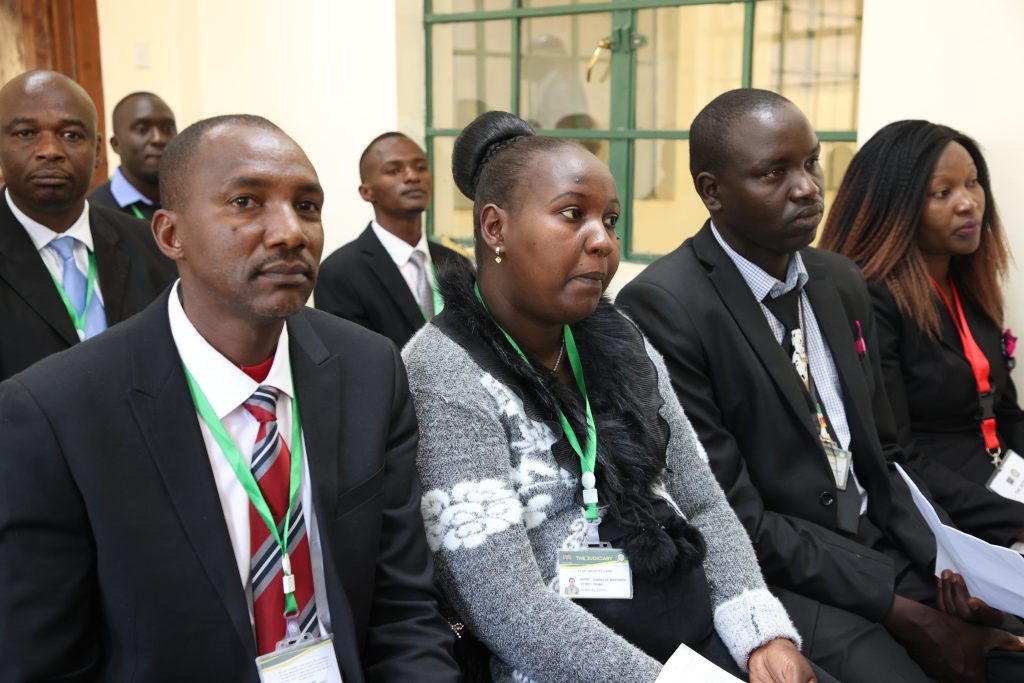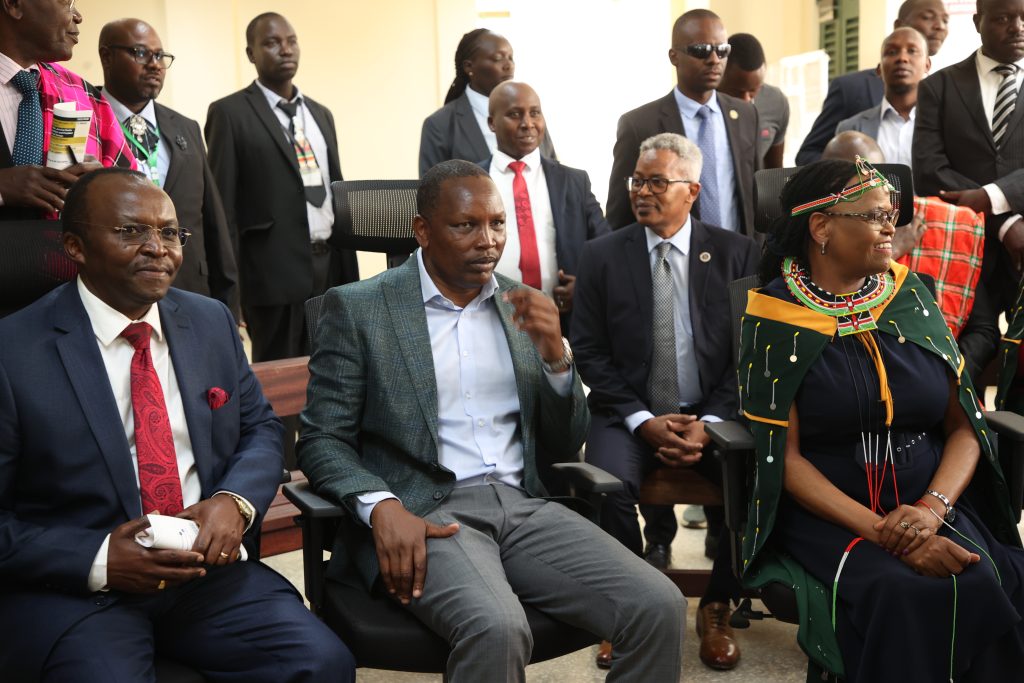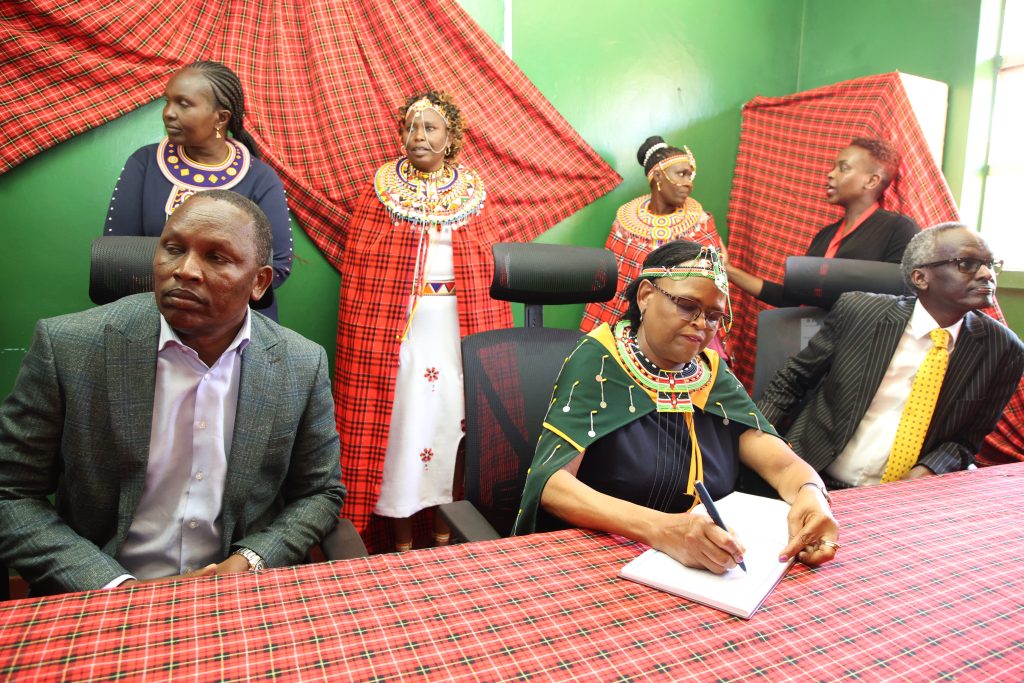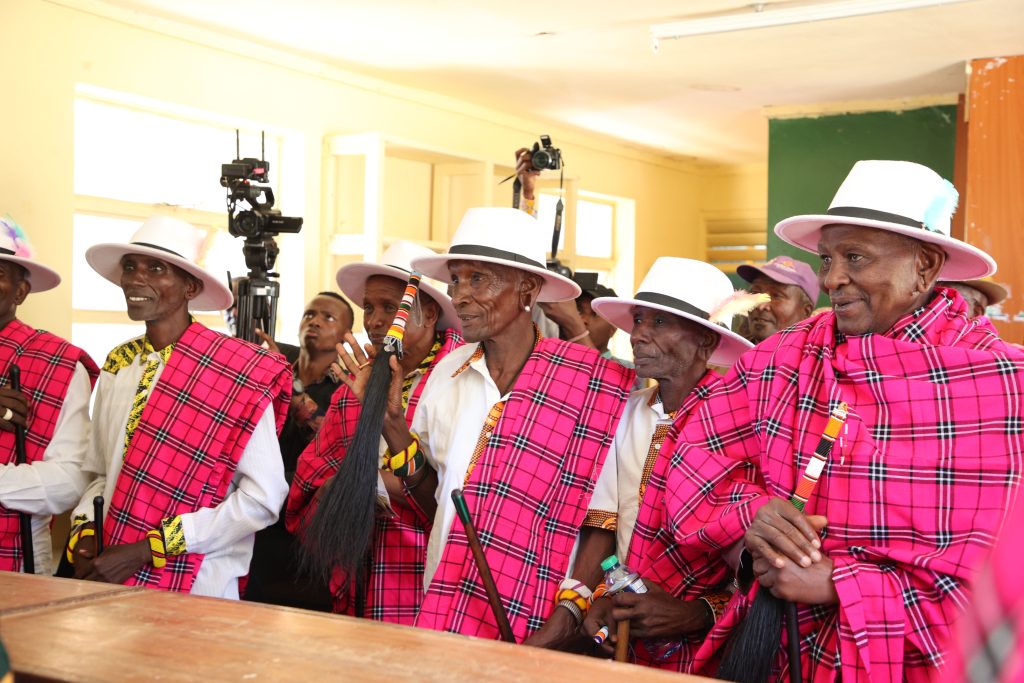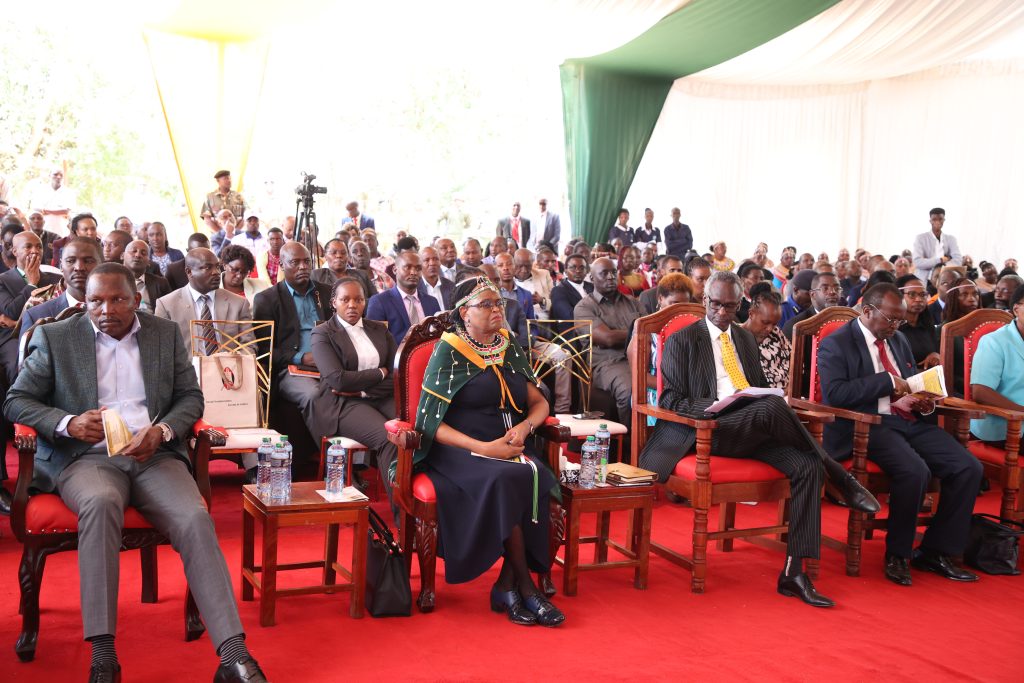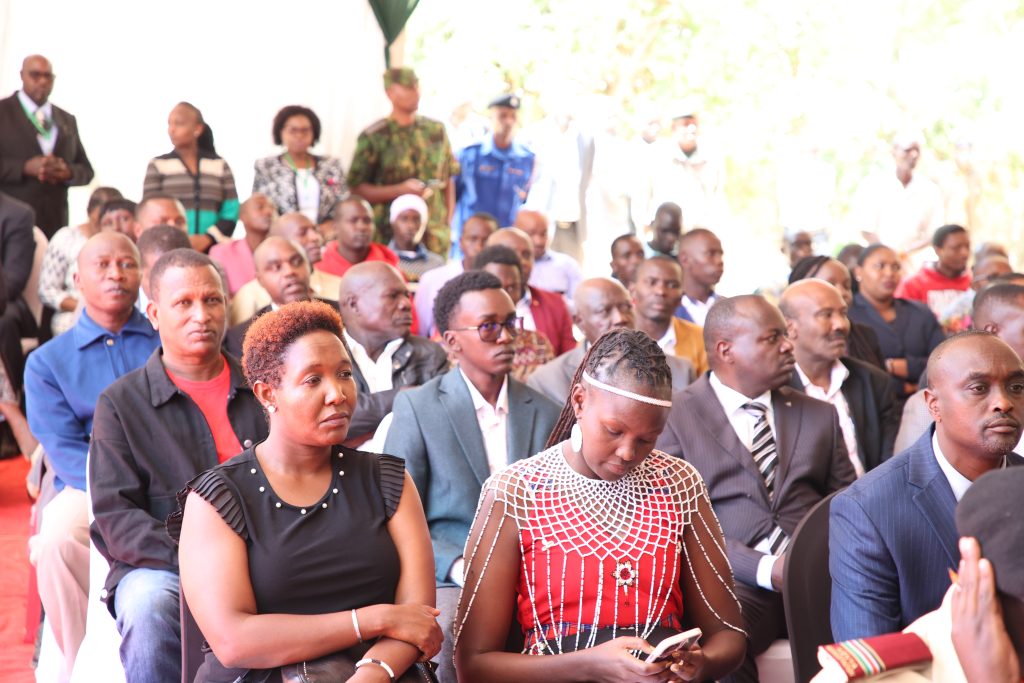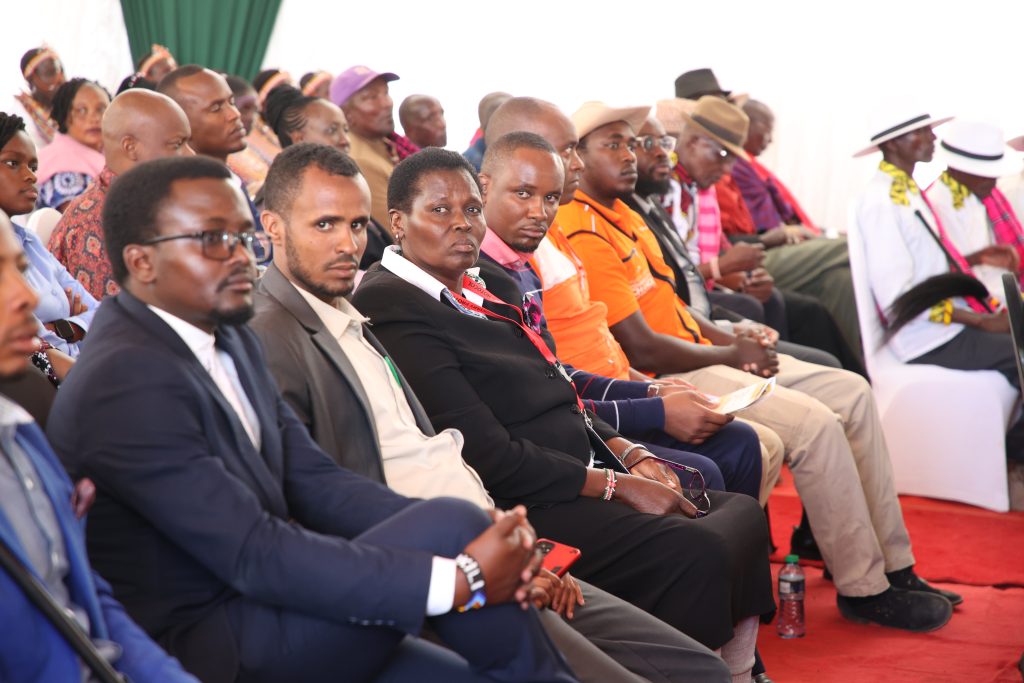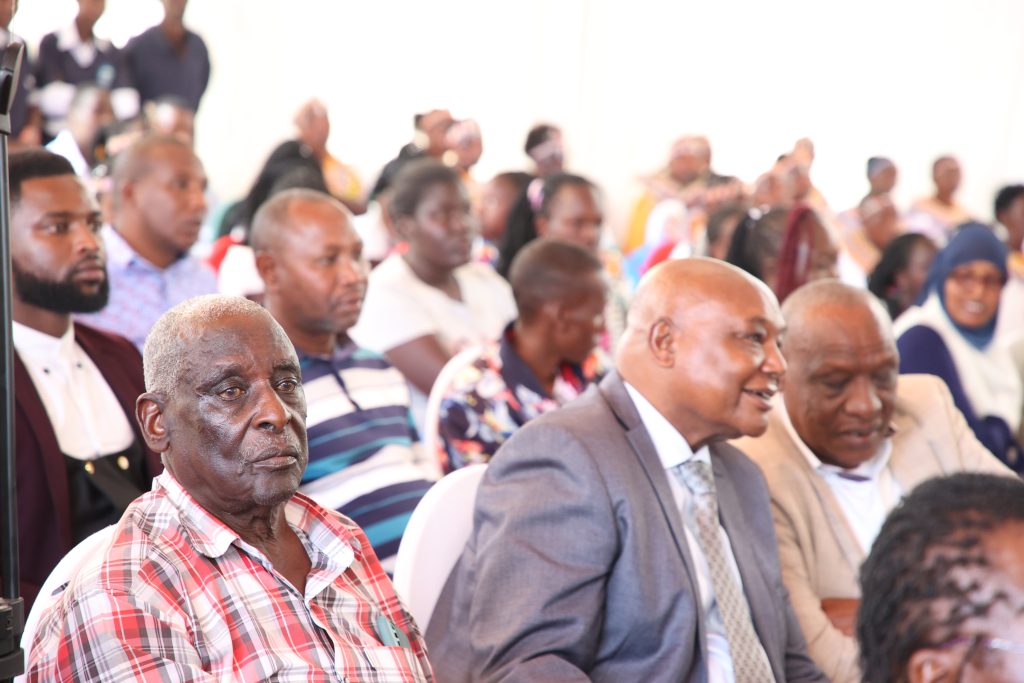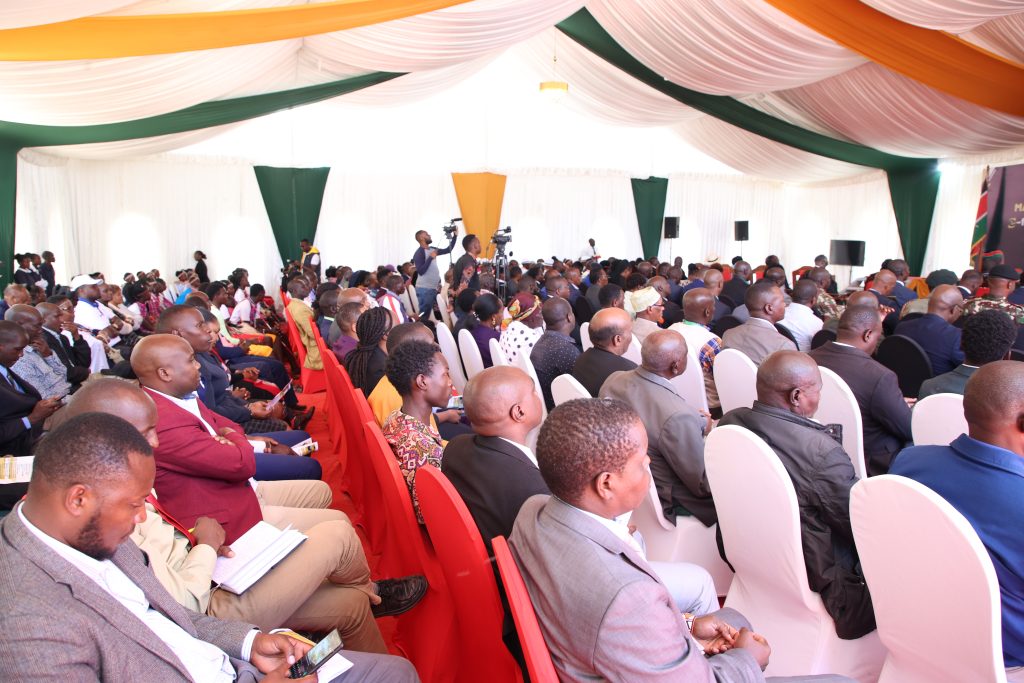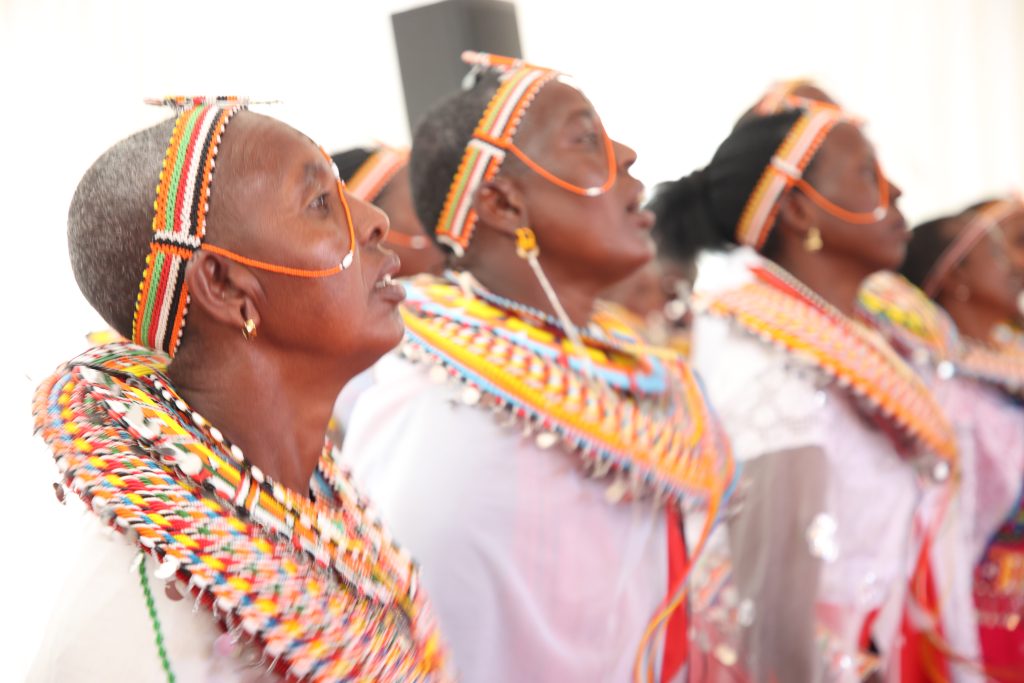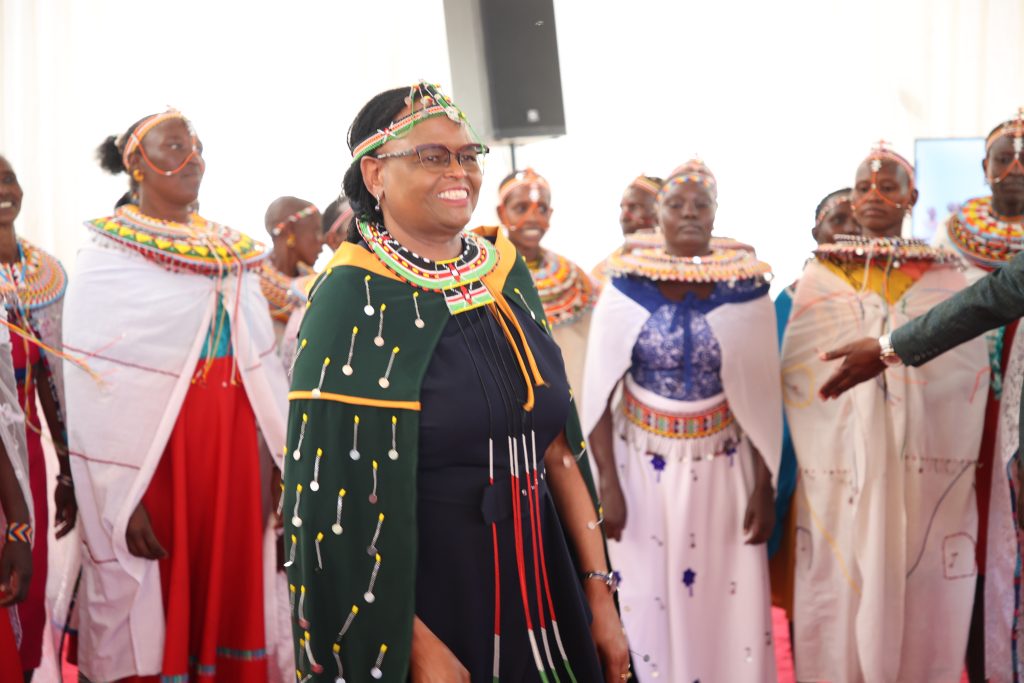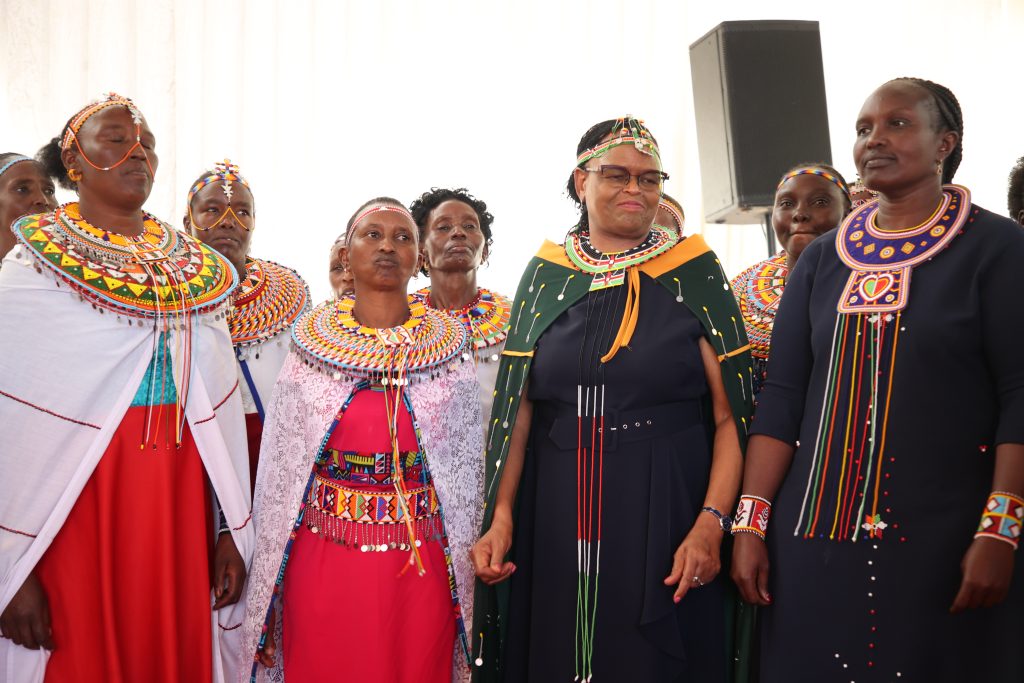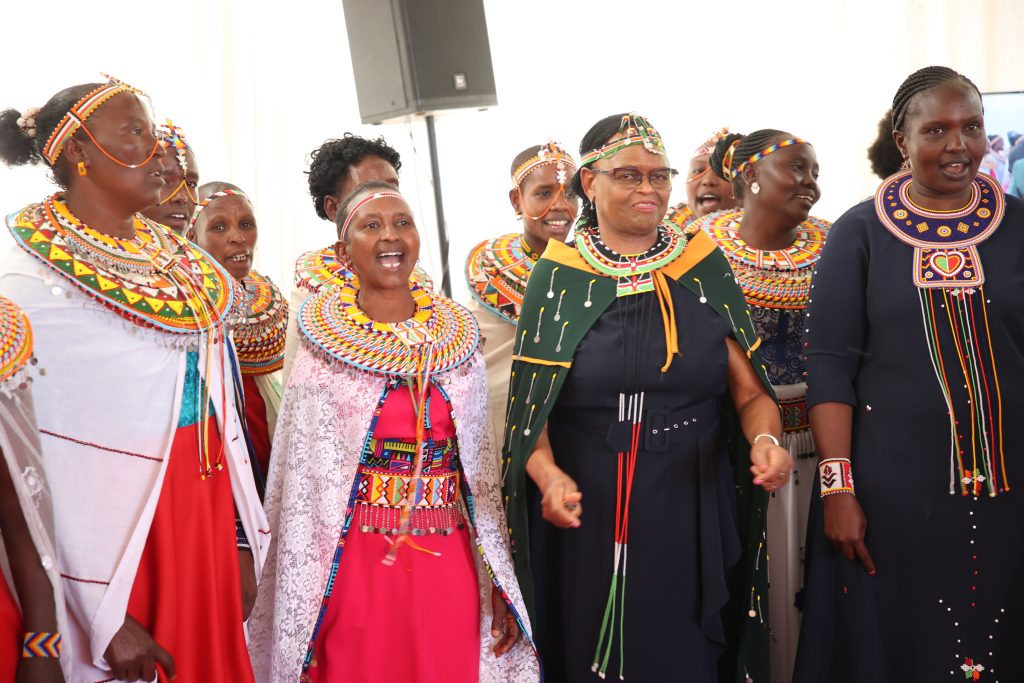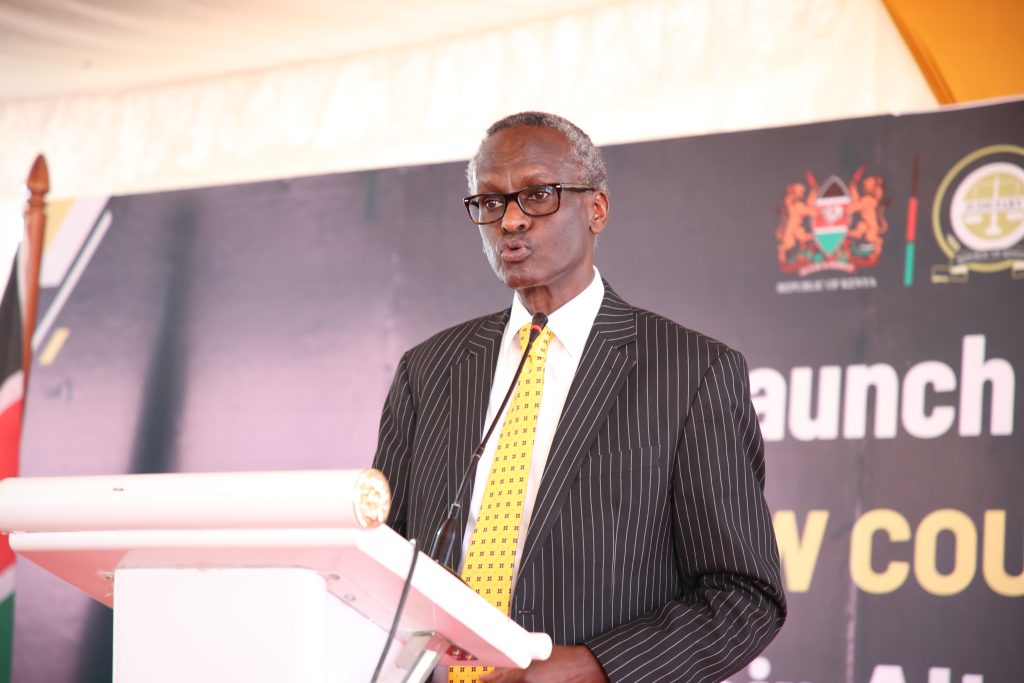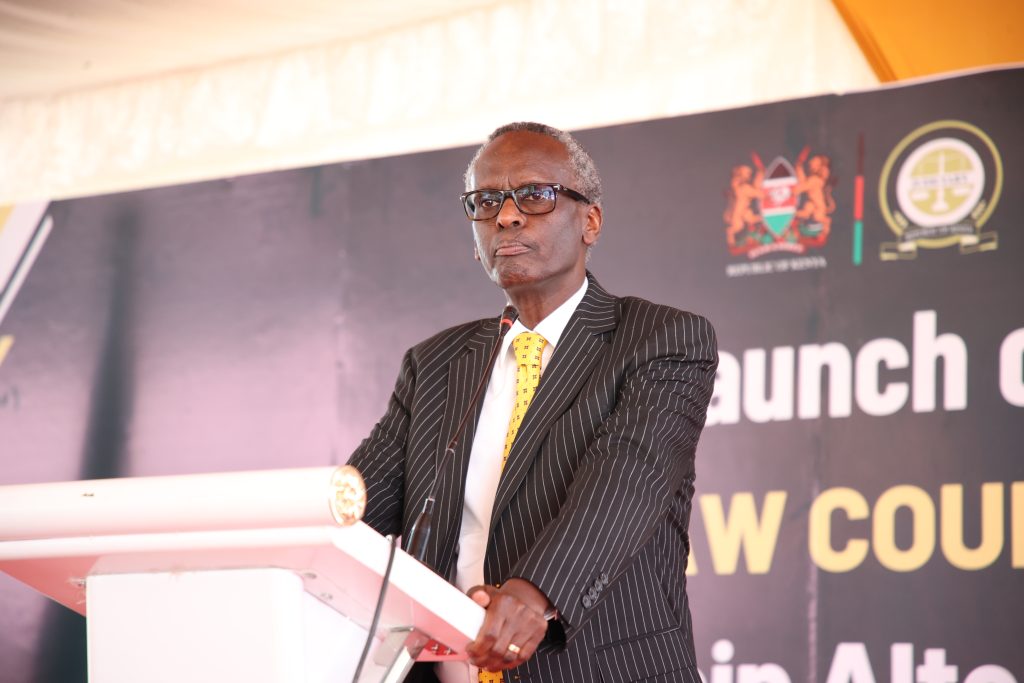25
August
0
Comments
CJ Koome on quest to expand access to justice
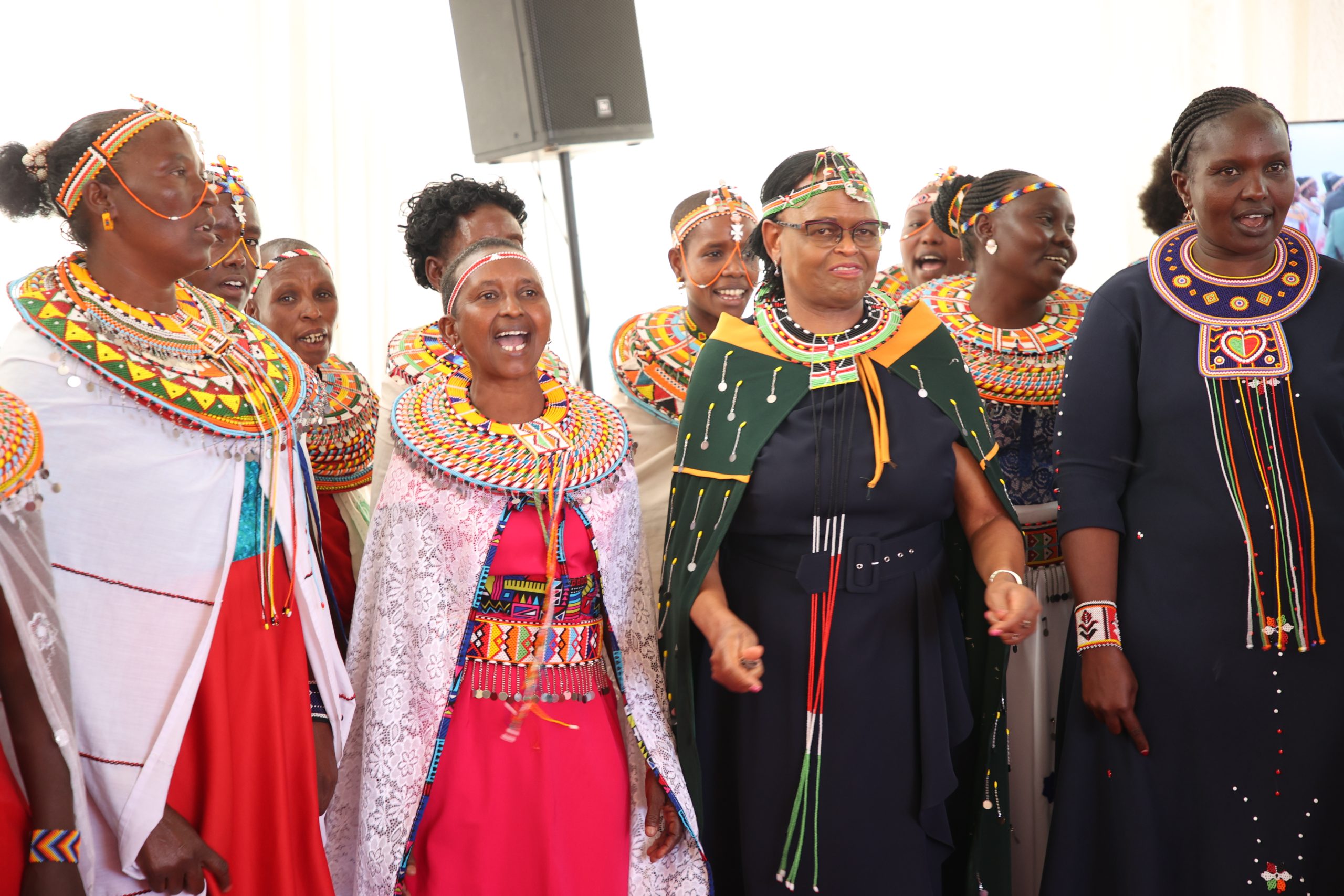
Chief Justice Martha Koome has inaugurated the new Maralal Law Courts building, launched a High Court sub-registry, e-filing and the Alternatives Justice Systems (AJS) ‘Loip’ Suite at Maralal Law Courts in Samburu County.
The Chief Justice said that the launch of the High Court building was a manifestation of collective ambition to foster Social Transformation through Access to Justice.
“We are not merely unveiling a building made of brick and mortar. Instead, we are unveiling a beacon of hope, a symbol of justice, and a testament to our unwavering commitment to bring the justice system closer to our people,” CJ Koome said.
The launch of the High Court sub-registry significantly reduces the distance covered by litigants to approximately 100 kilometres, as envisaged under Social Transformation through Access to Justice blueprint, since the distance to the nearest High Court located at Nanyuki is over 300 kilometres.
Speaking during the function Samburu Governor Jonathan Lati Lelelit noted that Samburu County was one of the largest counties, yet it only had one court in Maralal.
“We are willing to provide land and build courts in Wamba and Baragoi but I urge the Chief Justice to post magistrates in these areas to especially deal with land matters,” Governor Lelelit said.
The Chief Justice also rolled out the digital filing of cases in Samburu, making it the eighth county to have the e-filing system operationalised.
“Brick and mortar are crucial but not adequate in our journey towards a transformative, effective and efficient justice system. And this is why we are embracing the power of technology, harnessing its potential to ensure that justice is not only meted but is seen to be done swiftly, transparently, and impartially,” The CJ said.
She said that the e-filing system is designed to streamline the process of filing of cases and pleadings, track the case, and improve the overall experience for litigants and legal practitioners.
“With the launch of this e-filing system in Samburu county, we are embracing the principles of transparency, accountability, and responsiveness, which are fundamental to the rule of law and the administration of justice,” CJ Koome emphasised.
Justice Koome noted that the Judiciary e-filing system had been integrated with the Uadilifu e-system operated by the Office of the Director of Public Prosecutions (ODPP) and it is expected that other justice sector agencies will also create interoperability.
She acknowledged concerns on the potential of ‘digital exclusion’ given the reality of unequal access to technologies and lack of knowledge or ability to use the technologies by sections of court users, but said the Judiciary was embracing innovation to ensure inclusivity.
“Some of the steps being taken include the use of Judiciary dedicated desks and spaces at Huduma Centres to facilitate access to internet for e-filling and virtual courts and establishment of e-filling and Case Tracking System support centres in all court stations,” said CJ Koome.
While launching the Loip AJS model, CJ Koome reiterated her call for Kenyans to embrace a multi-door approach to justice in recognition that the traditional adversarial system of justice, is not the sole mechanism for the resolution of disputes.
She said Alternative Justice Systems are vital cogs in the justice machinery since they offer a platform where parties in dispute can come together to discuss their issues candidly, fostering understanding and providing an avenue to craft mutually beneficial solutions.
“The launch of the model is an additional step geared towards the realization of the goal of having in place an accessible, efficient, cost-effective, and expeditious system of justice.” Said Judge Koome.
She added: “Particularly for cases involving family disputes, land disputes, and commercial disputes, these alternative platforms offer a chance to reach amicable resolutions that preserve relationships and promote harmony.”
She said the alternative forms of dispute resolution save time and resources, reduce the burden on the courts and foster a sense of ownership and satisfaction among the disputing parties.
“They are based on dialogue, negotiation, reconciliation, and restorative justice, encouraging us to see justice not just as a punitive measure, but also as a constructive and healing process,” the CJ maintained.





